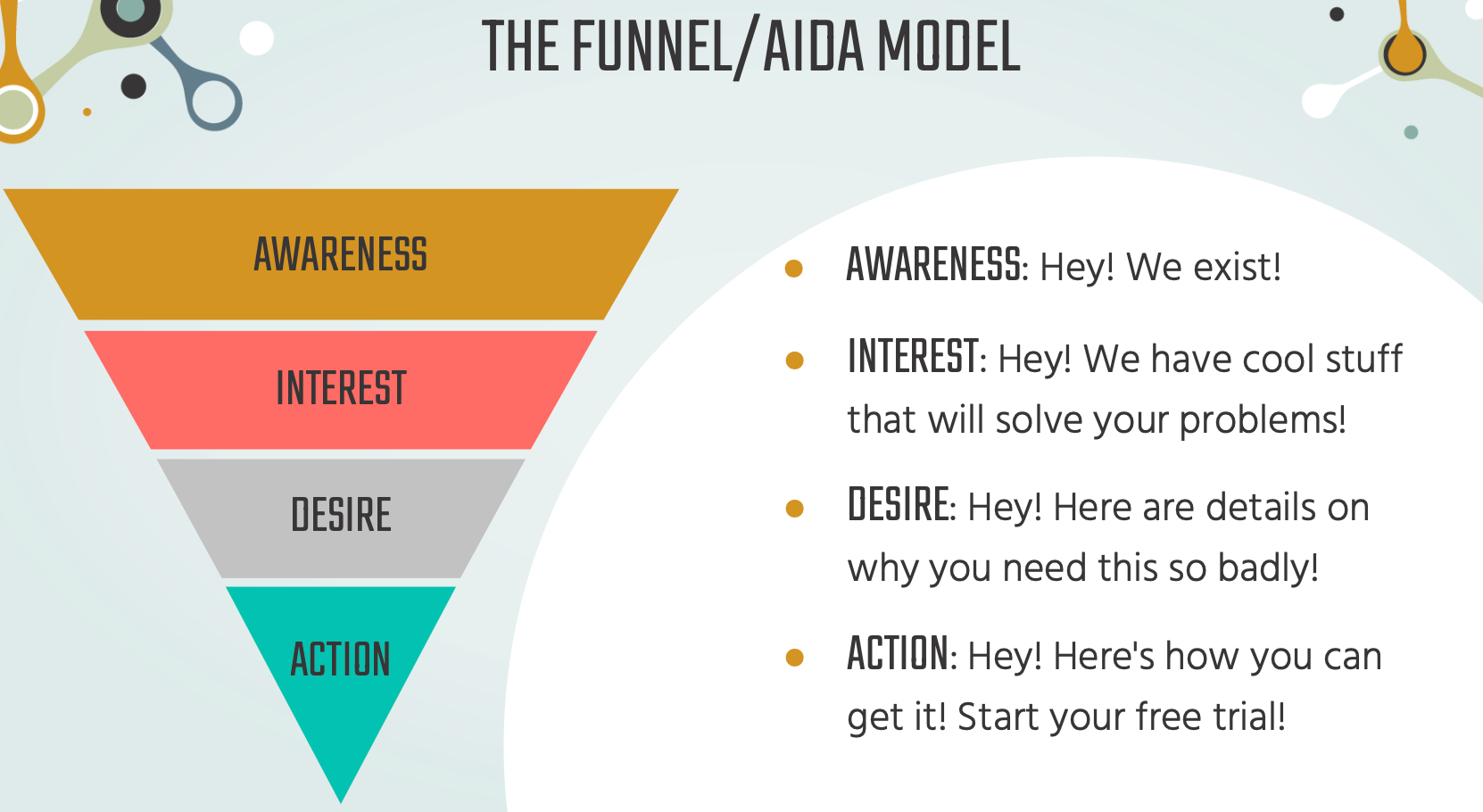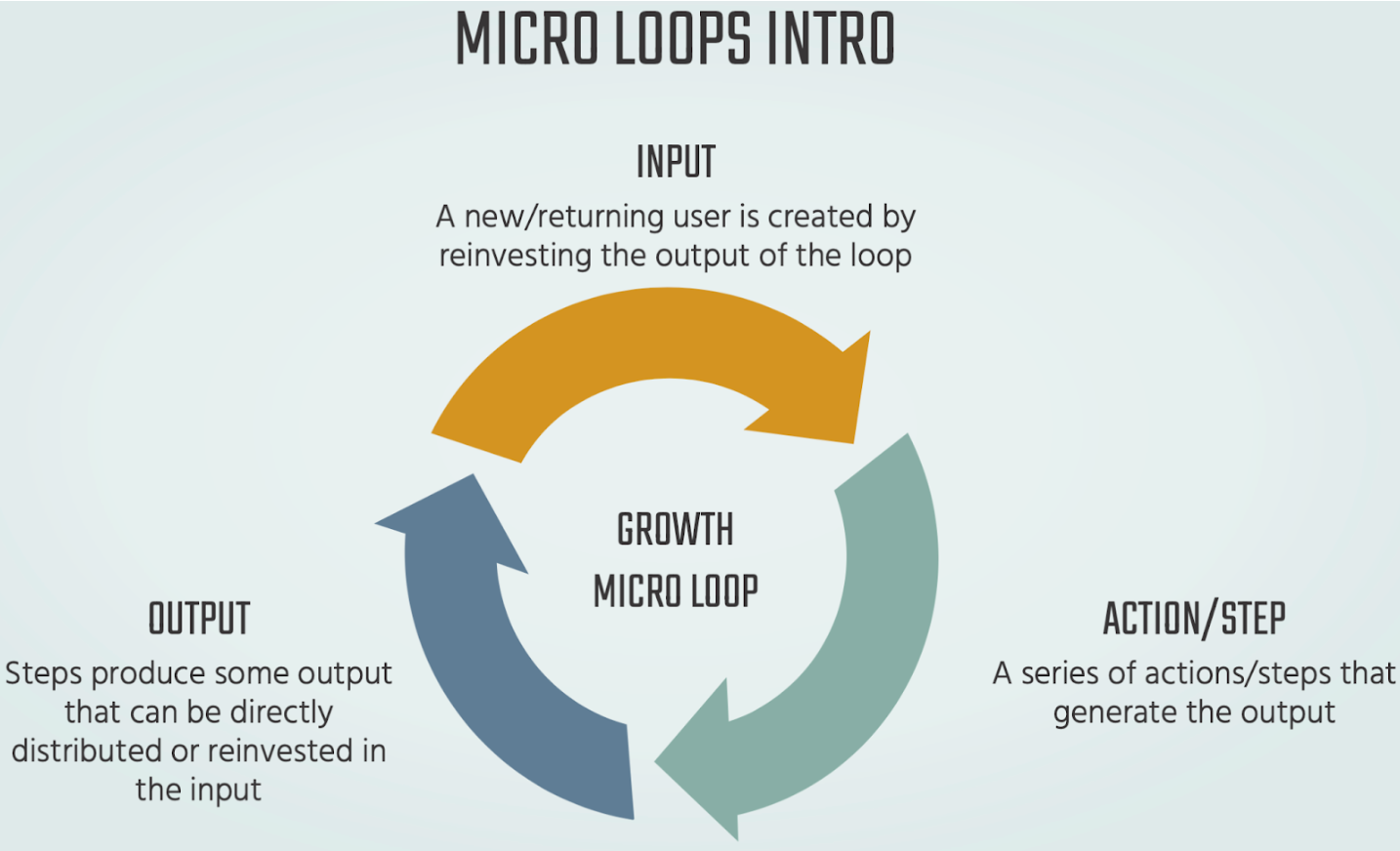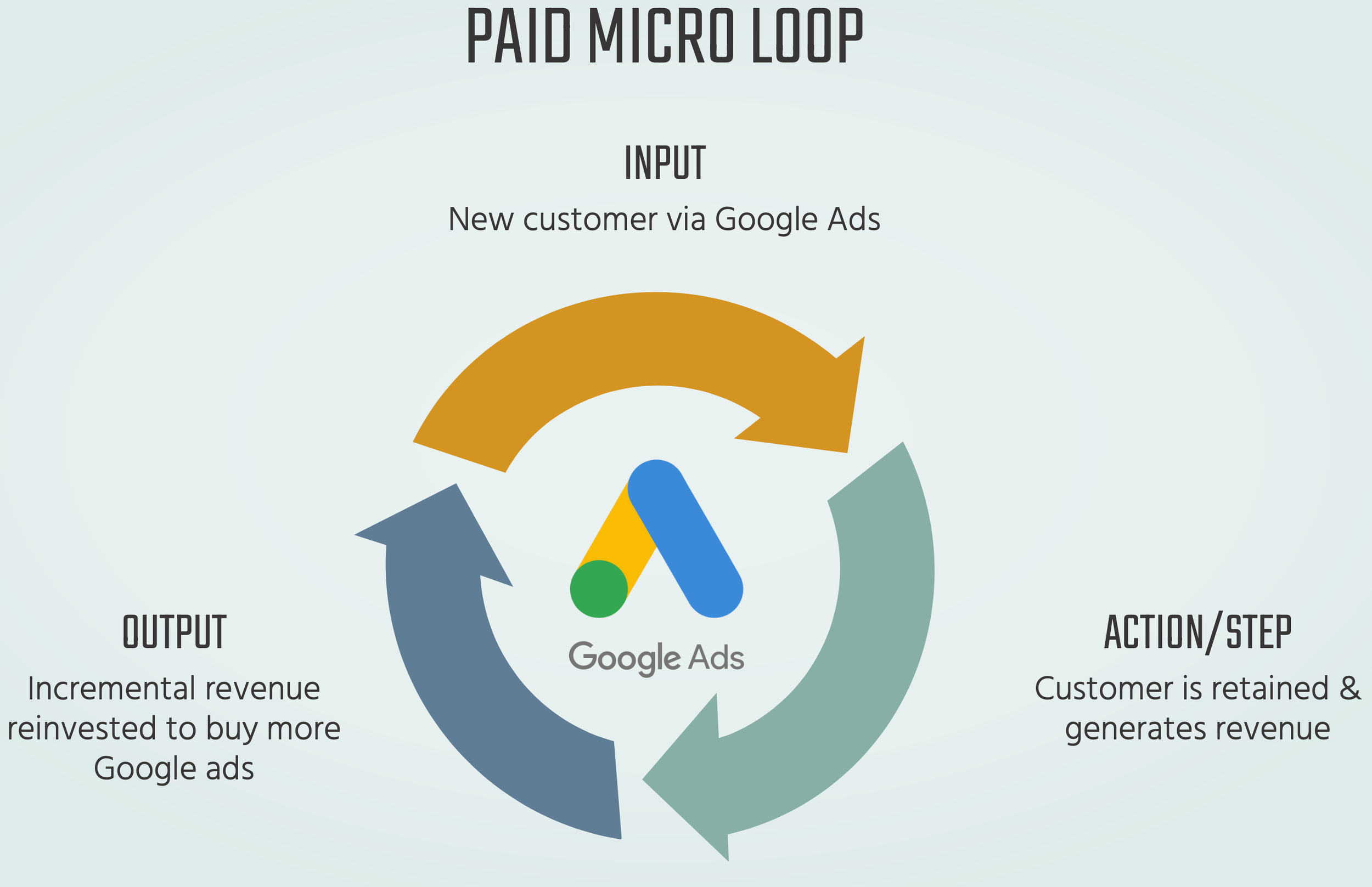I’m excited!
Recently, I had the honor of sharing insights on growth marketing with a group of innovative military veterans participating in a startup accelerator program.
Picture this – a setting not unlike the famed Y Combinator, bustling with energy and potential. My mission? To demystify acquisition and activation within growth marketing.
But, how do you make such topics resonate? Stories, not lectures, are the key to captivated hearts and minds. So, I chose to narrate my own journey – a simple tale of purchasing a Matfer Bourgeat carbon steel pan, and weaving it into the rich tapestry of growth marketing.
The Awakening: My Journey Begins
It all started with a casual browse through a cooking blog, leading to an epiphany about non-stick pans. Where do those chemicals go as the pan loses its non-stick prowess? My brain said: they go in me!!
This realization marked my ‘Awareness Stage’ in the AIDA model – a century-old, yet still relevant framework in acquisition marketing, comprising Awareness/Attention, Interest, Desire, and Action.

Awareness/Attention
My newfound concern about non-stick pans propelled me into action – I became aware that I had a problem (nasty chemicals doing who knows what in my body), and was firmly in the Awareness/Attention stage.
As I dove into the world of cookware alternatives, I came across carbon steel as a promising option to solve my problem. This marks the Interest stage in the AIDA model – the point where a solution begins to crystallize in the consumer’s mind.
Interest
During this phase, it’s crucial to engage your audience with captivating content, emphasizing unique benefits. My quest led me to research various options like ceramic, etc., and different brands, focusing on the one that would best suit my breakfast routines.
I cook a few eggs most days for breakfast, and cook pan-seared chicken often (e.g. seasoned chicken, chicken scarpariello, etc.), so I wanted to optimize for those meals.
As I researched options, I felt very good about carbon steel as a solution to my problem, and honed in on the Matfer Bourgeat. As my curiosity transformed into a focused desire, I entered the Desire stage of AIDA.
Desire
Here, your goal is to convert interest into a tangible need. Testimonials, case studies, and product demonstrations are potent tools in this phase. For me, a decisive review from America’s Test Kitchen clinched my decision to go for the Matfer Bourgeat pan, leading me straight to the Action stage.
Action
The Action stage is where you guide your audience to make a concrete decision. Effective Calls-to-Action (CTAs) are paramount here. For me, the decision was straightforward – I bought my pan after reading details on the Matfer Bourgeat site.
AIDA summary
The AIDA model recognizes that any buying process is more often than not a series of steps, not an instantaneous decision.
We should speak to people very differently depending on where they are in the funnel. If you have never heard of your product before, I’m not going to open the marketing journey with “buy my product” first.
I need to lead you down a path where I first make you aware that our product exists or that you have a problem, then tell you at a high level how I can solve a problem you have, then drive home the details. Only then can I ask for your money.
I believe good marketing is like a conversation, it’s relationship building. You wouldn’t propose on a first date, that relationship has to be built. We build it by giving information, building trust, listening, and making it easy to commit once the decision is made to do so.
Loops vs. Funnels: A Key Concept in Growth Marketing
Let’s take a bit of a detour in this story. In the realm of growth marketing, there’s a vibrant debate: loops versus funnels. I won’t go deep into that debate in this article, but I do want to explain growth loops.
While AIDA exemplifies a funnel, loops offer a refreshing perspective on sustainable growth. They are self-perpetuating cycles that amplify growth without linear increases in marketing spend. From referral loops to paid marketing cycles, these loops create a continuous, self-sustaining growth mechanism.
Growth loops are a fundamental concept in growth marketing – it’s a cycle where inputs (e.g. a user visit to a website), go through a process (e.g. a user creating a conversion), generate an output (e.g. revenue) that can be directly distributed/reinvested in the next cycle, creating a compounding effect (hopefully).
For instance, consider a simple referral loop: a customer discovers your product and enjoys it. This satisfaction leads them to refer friends, who then become new customers. These new customers, in turn, refer more friends, creating a continuous, self-sustaining loop of growth.

Here’s a simple example of a paid growth loop:

This loop model can be applied in various forms, such as through content virality, product features that encourage sharing, or incentive-based referral programs.
OK back to our story – let’s talk about Activation.
Activation: The Art of Engagement
Beyond acquisition lies the crucial phase of activation. Here, you’re not just introducing your product; you’re integrating it into the daily lives of your users.
Activation comprises of these steps:
-
Set Up
-
Kick-Ass Moment
-
Habituation
It’s about creating a ‘Kick-Ass Moment’ – that point of realization where the user can’t help but exclaim the brilliance of your product. For me, this moment arrived during my fourth use of the Matfer Bourgeat pan – a perfect, non-stick egg experience that transformed my daily cooking into a delightful habit.
The Kick-Ass Moment

Credit: Alonso Reyes, Unsplash
So now that I had my shiny new carbon steel pan, I needed to season my pan to go through a process to make it non-stick. This was the set up moment in activation – before I could see the value and get to the Kick-Ass Moment, I needed a correctly seasoned pan.
Matfer Bourgeat had instructions that came w/ the pan and videos showing me how to season it, and they included instructions with the package, so it was easy to do.
They said it would take a few cooks to really get it non-stick, and that was right. It was great that they told me that so I wasn’t disappointed when it wasn’t totally non-stick after my first few cooks. This is good activation – they told me what to expect, and exactly how to get set up so I could quickly get to my Kick-Ass Moment.
On my 4th or 5th cook, magic happened – I cooked my eggs like I usually do. I warmed up the pan with one swirl of olive oil. I broke two large eggs into a bowl and whisked with salt and pepper. Once the pan was nice and hot, I added my eggs and folded a few times.
I lifted the pan to flip, and saw that my eggs were sliding around like a hockey puck on fresh ice. Zero sticking to the pan!
This was my Kick-Ass Moment. I had a huge smile on my face as I fell deeper in love with my pan.
Using my pan is now a habit – I had such a great Kick-Ass Moment, I just naturally pull it out every day. I’m an activated Matfer Bourgeat user now.
My Invitation to You
As you read this, you might be at the cusp of your own awareness stage, contemplating the hidden dangers in your non-stick cookware. Maybe, just maybe, you’re edging towards interest. And who knows? By the end of this article, you might find yourself in the throes of desire, ready to explore the world of carbon steel pans.
Now that you’ve read this article, I bet one of you readers will google carbon steel pans, and the next cycle of the growth loop will spin (just buy the Matfer Bourgeat, you’re going to love it!).
This story is more than about a pan; it’s about the journey of discovery, engagement, and the art of growth marketing. I hope you enjoyed hearing about my journey!
–
Hey if you’ve made it this far, stay with me for a moment. Do you need strategic help growing your business? I’m a marketing consultant with 20 years of experience leading growth at places like WWE, Priceline, GE, and Nickelodeon. Reach out to me today for a free strategy call!

